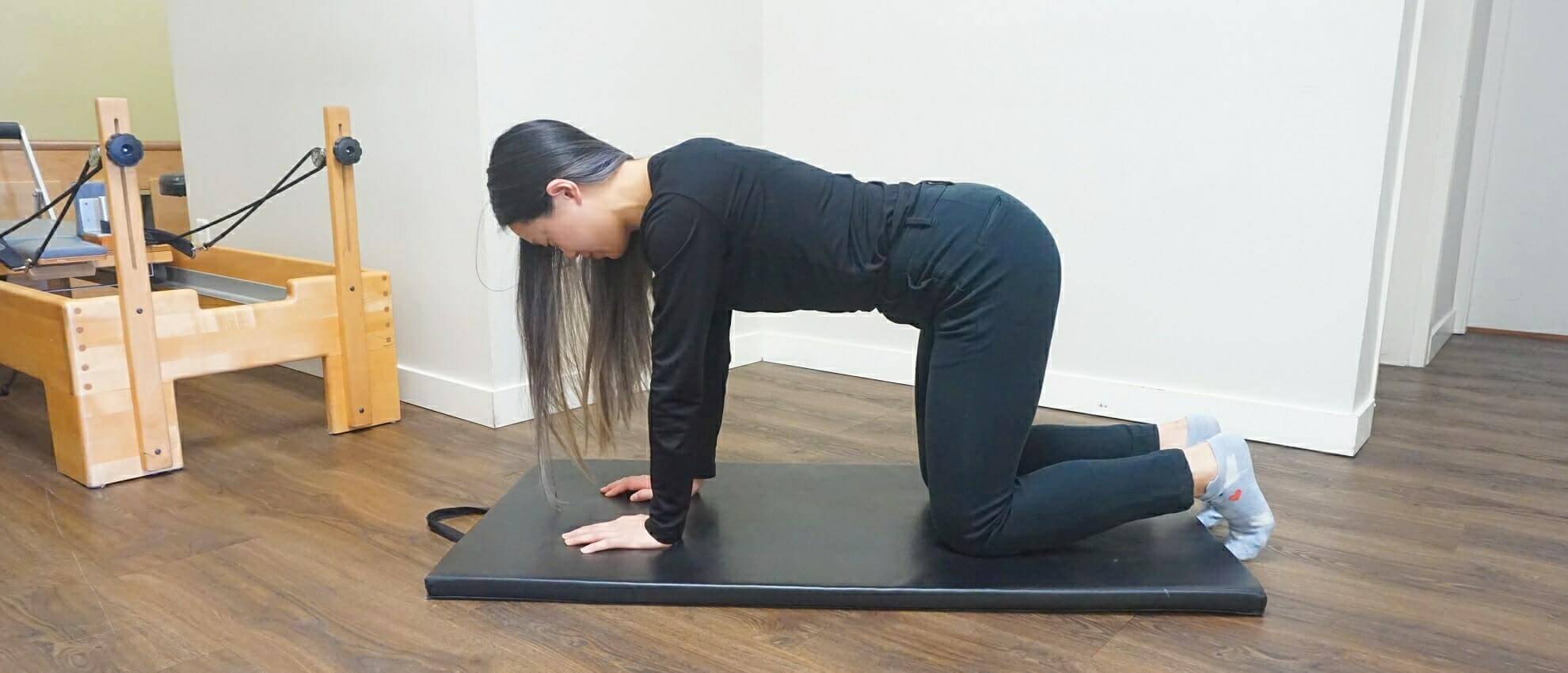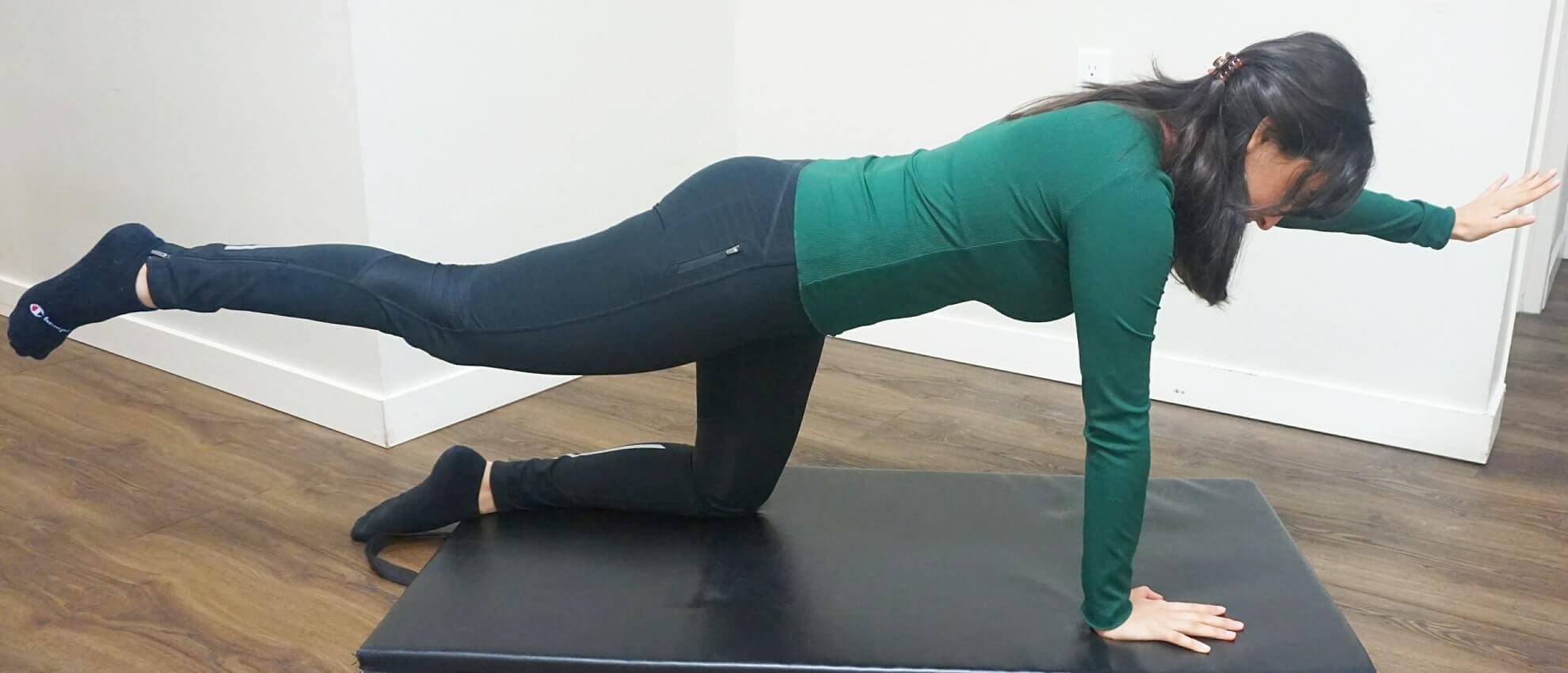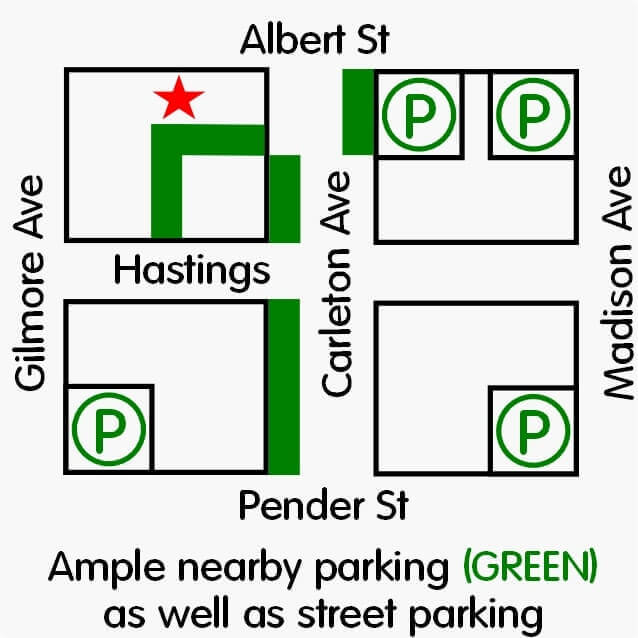Low Back Pain Exercises: 5 Effective Moves For Relief And Prevention
Learning a few simple low back pain exercises can help you find relief and strengthen your back. These back pain relief exercises are recommended by physiotherapy experts and can also lower your risk of future problems. Gentle stretching for back pain is another helpful step toward better back health and prevention.
Experiencing low back pain? The right exercises can make all the difference in your recovery and prevention. At Cedar Chiropractic & Physiotherapy, our expert team is ready to create a personalized treatment plan to help you find lasting relief. Book your consultation today and take the first step towards a pain-free back!
1. Pelvic Tilts
Pelvic tilts are a simple exercise that can help ease low back pain. This move targets your lower abdominal and back muscles. It helps improve flexibility and builds gentle core strength.
To start, lie on your back with your knees bent and feet flat on the floor. Keep your arms at your sides. Slowly tighten your stomach muscles and flatten your lower back against the floor.
Hold this position for a few seconds, then relax. Repeat 10 to 15 times. Pelvic tilts are often used in physiotherapy exercises for back pain relief.
Doing pelvic tilts daily can support better posture and may reduce discomfort. This exercise also helps with stretching for back pain and can be part of a back pain prevention routine.

2. Cat-Cow Stretch
The cat-cow stretch, also called the cat-camel stretch, is a simple movement that can help reduce low back pain. It gently moves your spine through two positions, helping loosen tight muscles.
To do this exercise, start on your hands and knees. Keep your hands under your shoulders and your knees under your hips.
First, breathe in and arch your back, letting your belly drop toward the floor. Then, breathe out and round your back, pulling your belly up. Move slowly and repeat this 10 to 15 times.
This stretch helps increase flexibility and may relieve stiffness. It is often included in physiotherapy exercises for back pain.

3. Bird-Dog Exercise
The bird-dog or pointer dog exercise helps strengthen your lower back and core muscles. It improves stability and makes it easier to keep proper posture throughout the day. You do not need any special equipment to try this movement at home.
Start by getting on your hands and knees. Keep your back straight. Slowly lift your right arm forward and your left leg back until they are straight.
Hold this position for a few seconds, then lower them and switch sides. Repeat this exercise 8 to 12 times on each side. Keep your movements controlled and steady.
This is a common physiotherapy exercise for low back pain. It can help build strength and prevent future pain if done regularly. Remember to stop if you feel sharp pain.
4. Knee-To-Chest Stretch
The knee-to-chest stretch is a simple exercise that helps ease stiffness in your lower back. This stretch gently pulls your lower spine and helps relax tight back muscles.
To do this exercise, lie on your back with your knees bent and feet flat on the floor. Slowly pull one knee up toward your chest, keeping the other foot on the floor.
Hold your knee with both hands for about 15 to 30 seconds. You should feel a gentle stretch in your lower back and hip. Switch legs and repeat on the other side.
This stretch can help improve flexibility and reduce tension. Doing it regularly supports back pain relief and can be part of your daily physiotherapy exercises. Always avoid bouncing or forcing the stretch.

5. Bridge Exercise
The bridge exercise is often used in physiotherapy to strengthen the lower back and hips. This can support your spine and help with low back pain.
To do this exercise, lie on your back with your knees bent and your feet flat on the floor. Keep your arms at your sides.
Slowly lift your hips toward the ceiling until your shoulders, hips, and knees form a straight line. Hold this position for a few seconds, then lower your hips back down.
Repeat this movement about 10 to 15 times. Take breaks as needed.
This exercise can help stabilize your core muscles. If you feel pain while doing this, stop and check with a healthcare provider.
Conclusion
Adding these low back pain exercises to your daily routine may help ease discomfort and lower your risk of future pain. Regular movement and correct form are important for real results.
Stretching for back pain and basic strength moves are often enough to make a difference.
If you notice your symptoms getting worse, or if you feel sharp pain, stop and talk to a healthcare provider. Physiotherapy exercises are not a one-size-fits-all solution. Sometimes, your body needs a different plan or extra guidance.
For questions about personalized care, or if you want support with back pain prevention, our team is ready to help. Visit us at Cedar Chiropractic & Physiotherapy to talk with trained professionals and find the best program for you.
Don’t Let Back Pain Get In Your Way
Schedule an appointment with us today and start your journey to a pain-free life!
Phone 604-738-1168
See Your Therapist
FAQ
Q: What is the best exercise for lower back pain?
A: There really is no best exercise for all lower back pain. Lower back pain can have many different reasons and causes. Seeing your physiotherapist in Burnaby to find out what is leading to your lower back pain is usually the best first step. They can help you develop the proper exercise program to help you recover and move more comfortably again.
Q: What is the fastest way to cure lower back pain?
A: In a lot of cases, maintaining even a low level of comfortable, pain-free movement may be helpful for many types of lower back injuries. Going for short walks and regularly getting up out of your chair can be helpful for some patients. Speak with your Burnaby chiropractor to get tips on how to cure your lower back pain.
Q: What are some lower back pain exercises I can do at home?
A: If you are having back pain that is not going away by itself, it may be a good idea to visit a physiotherapist near you to seek expert advice. Your physiotherapist may recommend some of the exercises included in this blog as well as others suited for your particular injury. Finding the right exercises to do can greatly reduce the time needed to get better and back on your feet.

